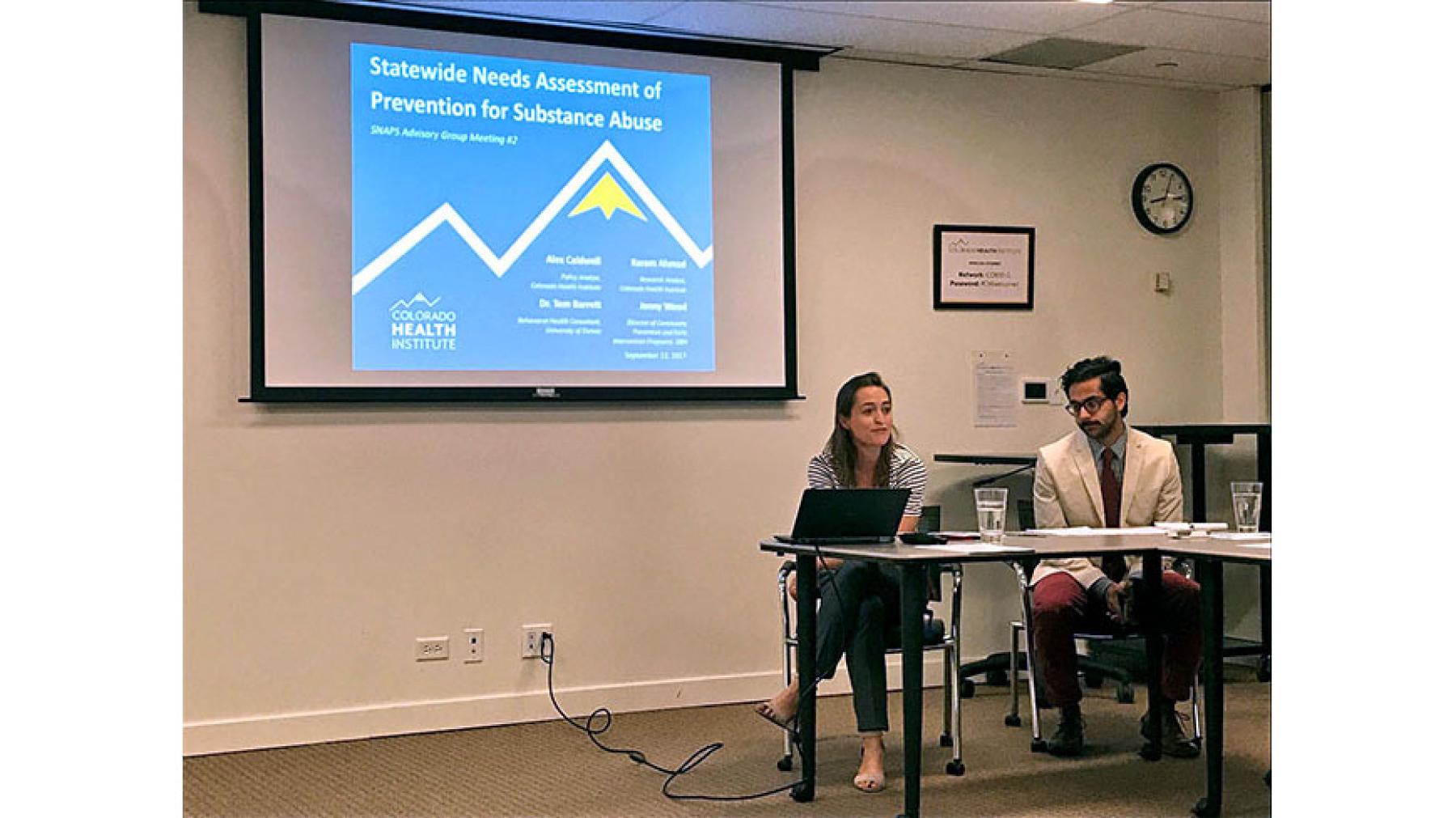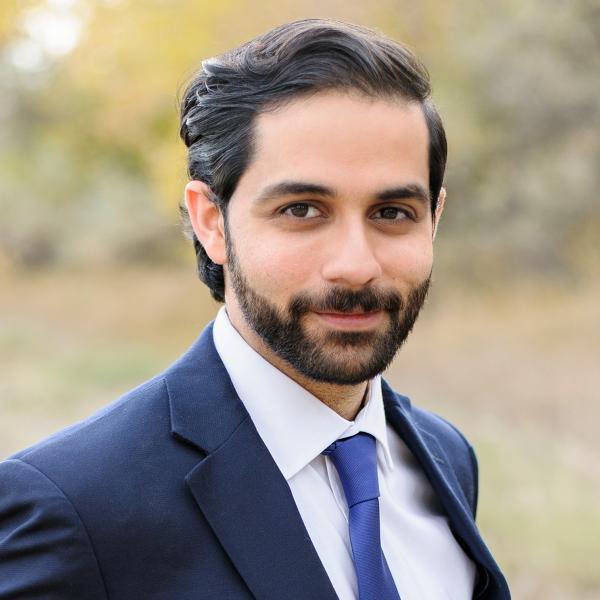From Greeley to Pueblo to Durango: What Colorado Needs to Prevent Substance Abuse

We could have gone to the North Pole.
Instead, Team CHI traveled those 3,546 miles across Colorado to identify the best ideas and programs for preventing youth from using and abusing substances. What is working? What could we do better? Where are youth at a higher risk for using substances?
The Colorado Office of Behavioral Health (OBH) is one of the state agencies leading prevention efforts to head off substance use before it starts. OBH, with funding from the federal Substance Abuse and Mental Health Services Administration (SAMHSA), hired the Colorado Health Institute (CHI) to help answer these questions. CHI's final report is titled “Making the Wise Investment. Statewide Needs Assessment of Primary Prevention for Substance Abuse."
We found that programs across Colorado are working to prevent substance abuse. These programs are steering thousands of Coloradans toward the goal of healthier, substance-free futures. Our job? Visit the front lines, talk to the experts and the community leaders, the families and the kids to understand how Colorado’s statewide funders can better use their resources to strengthen substance use prevention efforts.
So, no — we didn’t go to the North Pole. But given the numbers of miles we traveled together as a team, the number of people we talked to and the data we analyzed — it was still quite a journey.

I was part of the consulting team led by Alex Caldwell, our Associate Director of Program Development and Analysis. Joe Hanel wrote our report, and our graphics and communications gurus pitched in.
Over the span of eight months, we analyzed more than 80 substance use indicators — from how connected kids feel to their families, to patterns of drug crimes, to how easy it is for our youth to get access to alcohol, tobacco, prescription drugs and other substances.
We traveled from Greeley to Durango to Pueblo, touching all regions of the state, to conduct 16 community forums. We gathered input from more than 200 prevention experts, community members, youth and family members on how they think Colorado could better prevent substance abuse.
As part of this work, we were asked to follow the money. We found that Colorado is spending about $32 million on programs designed to fund primary prevention, which focuses on strategies that aim to stop substance use before it starts.

In partnership with our advisory group comprised of the OBH team, other statewide funders and substance abuse prevention experts, we combined our quantitative and qualitative data to identify several opportunities to strengthen Colorado’s prevention system:
- Communities need regionally targeted investments that change substance use social norms for youth and their families.
- Local substance use prevention program administrators — like schools and community organizations — need technical assistance to adopt evidence-based approaches, and they asked for increased alignment across reporting requirements.
- Statewide prevention funders, like OBH, need a systematic way to coordinate existing efforts, reduce overlap and address unfunded needs.
Here are highlights from around Colorado:
CHI facilitated two types of forums – one for community members, including parents, teens, school staff and other community members, and one for prevention experts. We also hosted four statewide virtual forums to accommodate a wider audience.
- Community members and experts alike called for more strategies to address the fact that substance use sees to becoming a social norm in many communities. One expert in Pueblo said that “substance use is normalized here, it’s out of control.”
- Almost everyone called for more prevention services for families, using multi-generational approaches to education that incorporate parents, other family members and teens.
We also wanted to know what the data tell us about use of substances, access to substance and how they are perceived by kids. This was an important step in analyzing and understanding the needs for prevention. We summarized the data in a series of infographics.

Some findings:
- Alcohol is the substance most commonly used by Colorado youth, with 59 percent saying they have tried it. However, regular alcohol use among youth is declining — from 47.4 percent in 2005 to 30.2 percent in 2015, a promising trend.
- Marijuana ranks next, with 38 percent youth reporting they have used it. That number is on par with U.S. averages, and it hasn’t changed significantly between 2013 and 2015. Regular marijuana use by Colorado youth has stayed flat over the past decade, hovering around 20 percent.
Finally, we identified eight unique funding streams for primary prevention services targeted to substance abuse, totaling more than $32 million. This money comes from both state and federal sources.
- The Colorado Department of Human Services (CDHS) — the home of OBH— is the state’s leading primary prevention player, managing $17.2 million, or 53 percent of the total $32 million in Colorado.
- The Colorado Department of Public Health and Environment (CDPHE) ranks next, managing $14.1 million, or 43 percent, of statewide funds.
Next up, OBH plans to use the results of the assessment to create a strategic plan that addresses the needs.
OBH is leading a group of statewide funders through that process. Their vision? Developing a comprehensive statewide strategic plan for primary prevention of substance abuse.
We’re glad to say we are continuing to work alongside OBH’s leadership to support this important work.
The process is collaborative — including leaders from the Colorado Department of Public Health and Environment (CDPHE), the Attorney General’s Office, the Tony Grampsas Youth Services program, and other critical advisors and stakeholders from across the state.
The goal is to work with all state players in the prevention sphere — and the local program providers and community members they support — to figure out how Colorado wants to strengthen substance abuse prevention efforts.
The process probably won’t take us as far as the North Pole. Even so, we’re excited to navigate this strategic planning process and help Colorado better prevent substance abuse.
For more on this needs assessment and the full report, click here.
Related research and blogs

